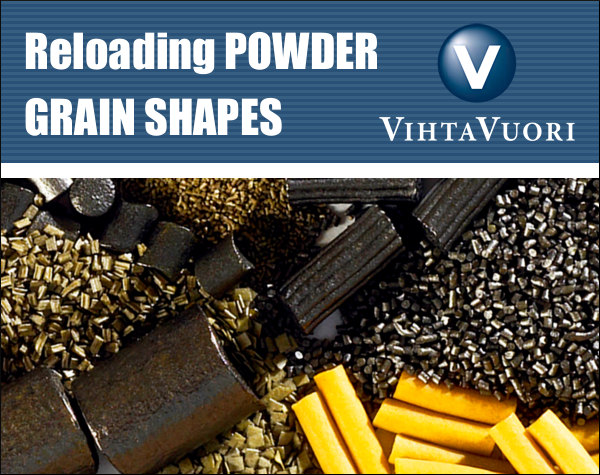Smith & Wesson Model 648 — Top Quality .22 WMR Revolver
We love Smith & Wesson rimfire revolvers. We have put thousands of rounds through S&W Model 617 revolvers, with 4″ and 6″ barrels. These stainless .22 LR handguns are accurate, superbly reliable, and they hold their value. In general we’ve found that Smith & Wesson rimfire revolvers may be less fussy with ammo, and more trouble-free than typical semi-auto rimfires. Bottom line, we feel that everyone should have an S&W rimfire wheelgun in their collection.
Along with its .22 LR wheelguns, S&W now offers another very impressive Rimfire Revolver option — the “revived” Model 648 in .22 WMR (Winchester Magnum Rimfire). This stainless Model 648 brings a more powerful cartridge to S&W rimfire revolver fans.
 Built on S&W’s medium K-frame, the 8-round Model 648 is designed for small game hunting and target shooting. The .22 WMR is definitely a much more potent varmint cartridge than the .22 LR. You have more downrange energy plus a flatter trajectory. While the 648 does not come with an integral scope rail, it is not difficult to mount red dot or optical sights to this wheelgun.
Built on S&W’s medium K-frame, the 8-round Model 648 is designed for small game hunting and target shooting. The .22 WMR is definitely a much more potent varmint cartridge than the .22 LR. You have more downrange energy plus a flatter trajectory. While the 648 does not come with an integral scope rail, it is not difficult to mount red dot or optical sights to this wheelgun.
The Model 648 revolver is built on a stainless steel medium K-frame and includes black synthetic finger groove grips, a black patridge front sight, and adjustable rear sight. This impressive revolver features a full underlug six-inch barrel, eight-round capacity, and is available with an MSRP of $879.
NOTE: There is currently a $75 S&W Rebate available for this Model 648 K-frame revolver. Qualifying purchases must be made between February 1, 2024 and April 30, 2024.
Model 648 History and Features
According to Guns.com: “The K-frame .22 WMR-caliber Model 648 first appeared in Big Blue’s lineup in 1989 sporting a full-lug barrel and stainless steel construction. Retired since 2005, the newest generation of the Model still brings a 6-inch barrel to the party, which translates to a very commanding 11.1-inch overall length. Weight is 46.2-ounces in the eight-shot .22 Mag, making the gun attractive for both those looking to fill pots and smoke targets.” Shown below is a vintage Model 648.

Jan Mladek, General Manager of Smith & Wesson General Manager Jan Mladek reports: “The Model 648 is back in production to satisfy the needs of handgun owners who are looking to achieve greater distance while hunting or target shooting. With a full underlug, six-inch barrel and a patridge front sight, the Model 648 has been designed … to boost accuracy at longer distances. While we currently offer .22 Magnum revolvers in both our J-frame and Classics line, we are excited to add this new .22 Magnum revolver to the modern K-frame lineup.”


















 Hap Rocketto, noted shooting historian, has explained the etymology of “Maggie’s Drawers”. This term “refers to the red flag waved vigorously across the face of the target to signify a complete miss of the target during practice”. The term came in use in the early 20th Century (prior to WWI) when flags were used to signal shot locations on long-range rifle targets.
Hap Rocketto, noted shooting historian, has explained the etymology of “Maggie’s Drawers”. This term “refers to the red flag waved vigorously across the face of the target to signify a complete miss of the target during practice”. The term came in use in the early 20th Century (prior to WWI) when flags were used to signal shot locations on long-range rifle targets.




